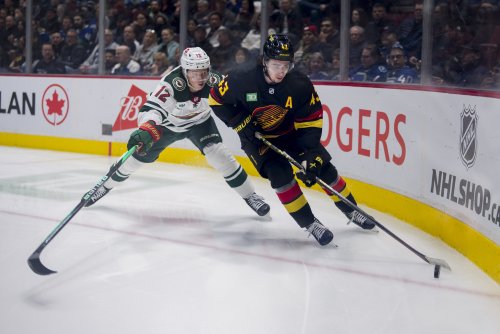
Now let's look at the mechanics of the injury:
ACL and MCL injuries occur when one a) gets hit very hard on the side of the knee, b) overextends the knee joint, or c) quickly stops moving and changes direction while running, landing from a jump or turning. As you can see from the video, Boyes goes down hard on Harding's right knee.
What is the ACL and MCL? The ACL is a your anterior cruiciate ligament which is in the middle of your knee and prevents the shinbone from sliding forward. It also prevents the knee from buckling during quick changes in direction. The MCL is on the inside of your knee and prevents your knee from bending outward. A ligament is a band of tissue that connects one bone to another.
Early signs of an ACL injury are a popping sound at the time of the injury, knee swelling, and pain. First aid for an ACL injury includes ice and non-steriodal antiinflammatory drugs. Surgery is not always needed but may be considered if more than one ligament or the cartilage in your knee is damaged, or if the joint is unstable or if you are young and active, or if you are a high level athlete. A torn ACL will not heal by itself.
In ACL reconstruction, you'll have general or spinal anesthesia. With general anesthesia, you will be asleep whereas with general anesthesia, you will be conscious but unable to feel anything from the waist down. Because the ACL cannot heal itself and cannot be stitched back together, a graft is used. The graft is either an autograft (from yourself, elsewhere in your body) or an allograft (from a donor, typically a cadavar).
For an autograft, the patallar tendon, quadroupled hamstring tendons, or the quadriceps tendon are used. For an allograft, site choices include the patellar tendon and achilles tendon. Because the allografts come from a donor, the tissue is irradiated and disinfected to kill viruses and bacteria before transplantation. For safety, make sure your surgeon uses a tissue bank accredited by the American Association of Tissue Banks, registered with the US FDA and certified by the International Organization for Standardization.
The procedure is usually done through arthroscopy. Small slits are made in the knee and the medical instruments are inserted. First, other damage is fixed and then the ACL is replaced. The ACL is removed with a shaver. Then the surgeon drills holes into the femur and the tibia where the graft will be attached. The graft will be passed through the holes and screwed or stapled into place. If you are using your own tissue as a graft (Harding had donor tissue implanted), the incisions will be slightly larger, as the surgeon will remove the tissue through the larger incision. The incisions will be closed with stitches, staples or tape.
You may be on crutches for a few weeks following surgery and have to wear a knee brace for 1-4 weeks. Risks from the surgery include infection, bleeding, blood clots, failure of the ligament to heal, failure of the surgery to relieve symptoms, injury to a nearby blood vessel, pain in the knee, stiffness, or weakness or loss of range of motion of the knee. According to Dr. Boyd, ACL injuries fail the most during the first five month of rehabilitation. Once it hits six months, the failure rate flatlines to at 10% to a year out from surgery.
Josh Harding is currently playing for the Wild. He is in year 1 of a 3 year deal. He recently revealed that he was diagnosed with Multiple Sclerosis during the offseason and the lockout.
Think you could write a story like this? Hockey Wilderness wants you to develop your voice, find an audience, and we'll pay you to do it. Just fill out this form.









Recommended Comments
There are no comments to display.
Join the conversation
You can post now and register later. If you have an account, sign in now to post with your account.
Note: Your post will require moderator approval before it will be visible.